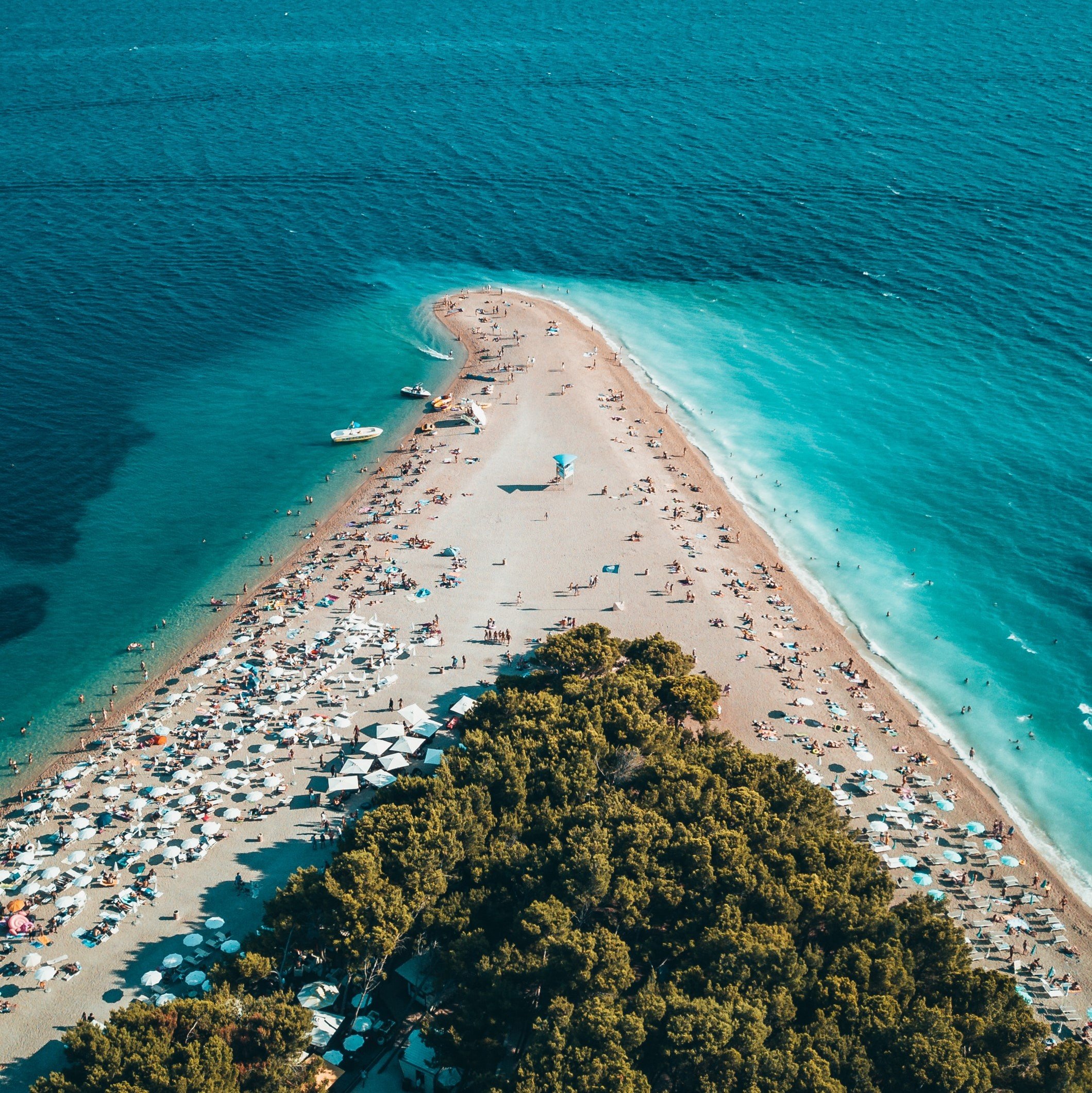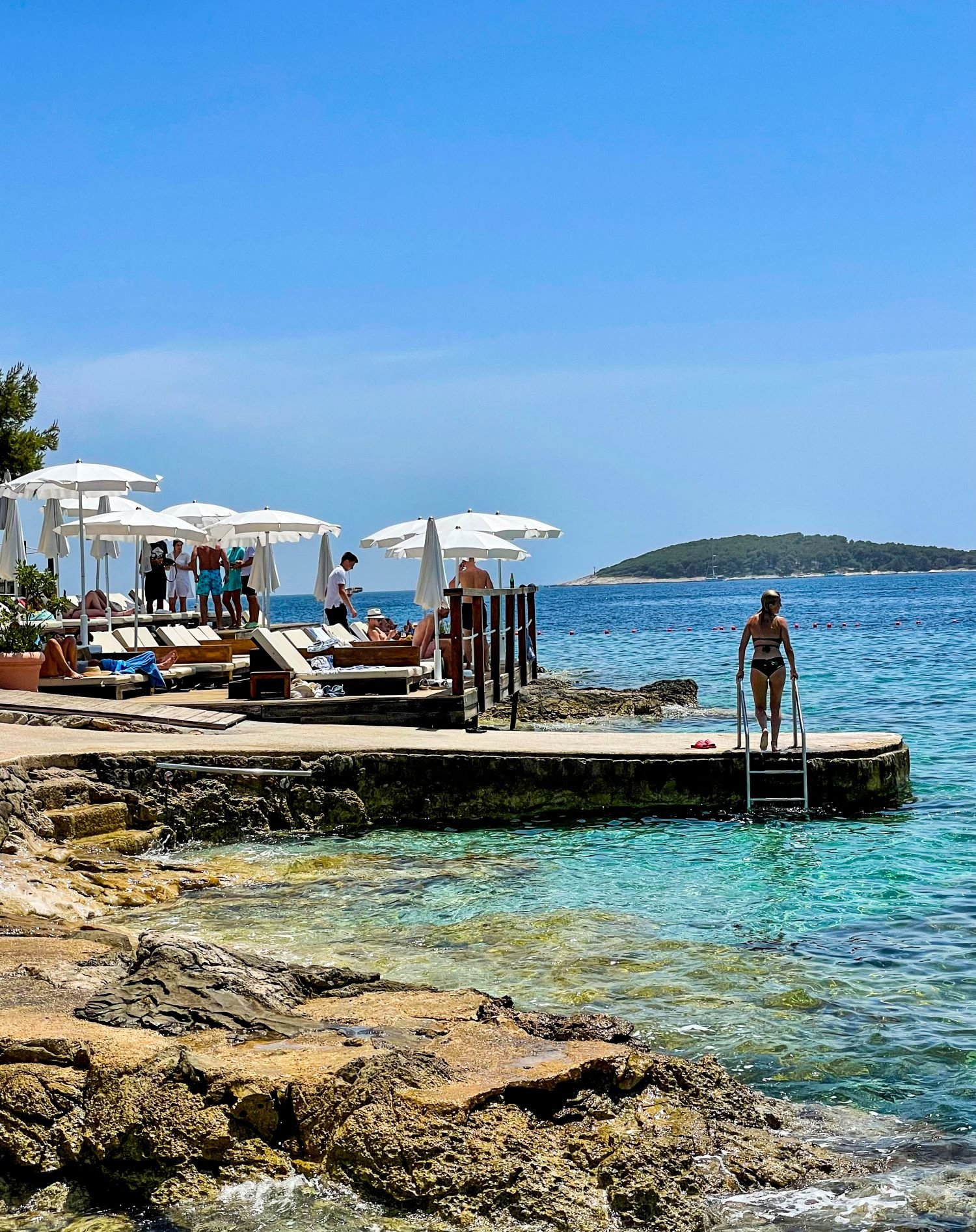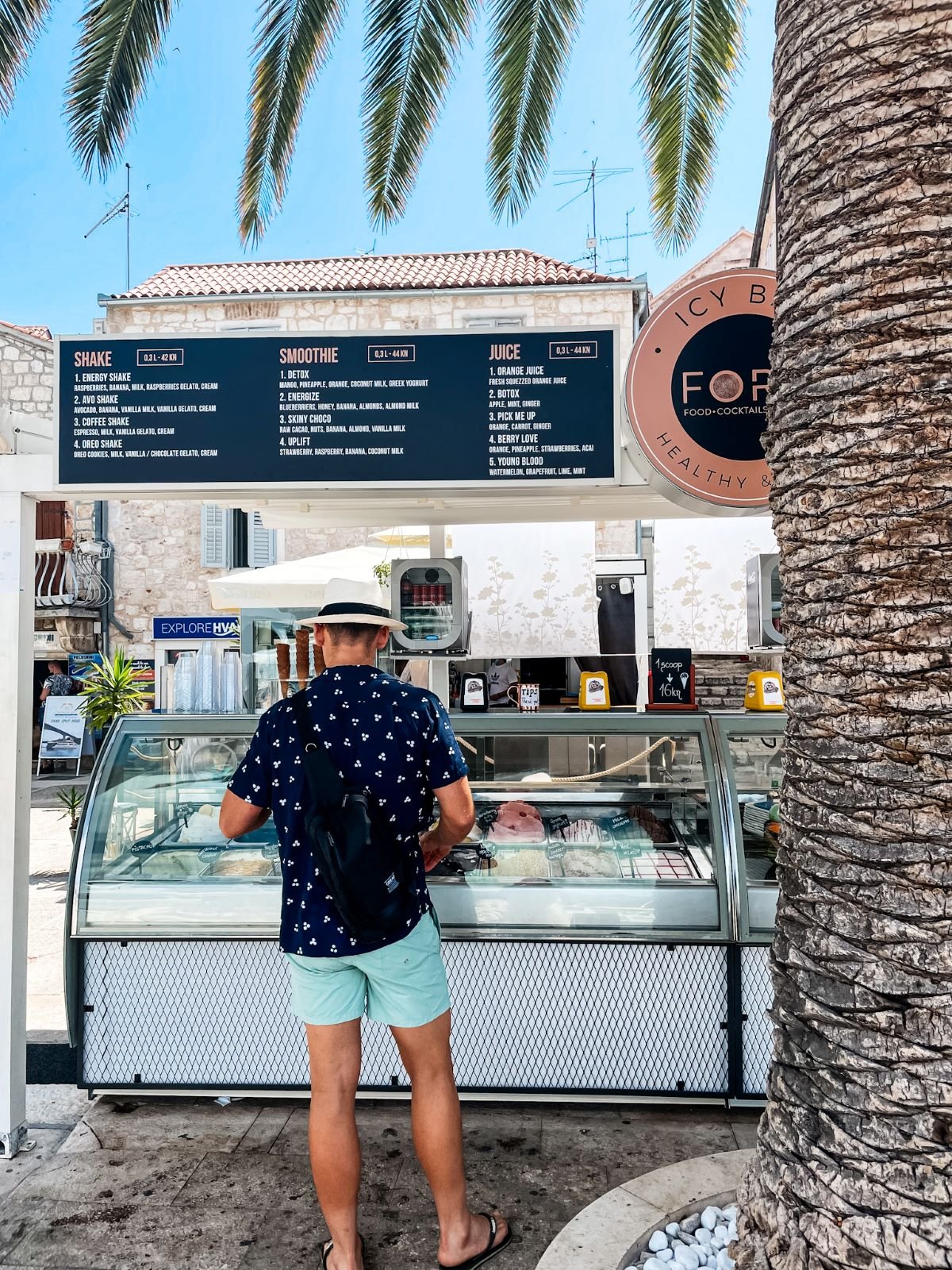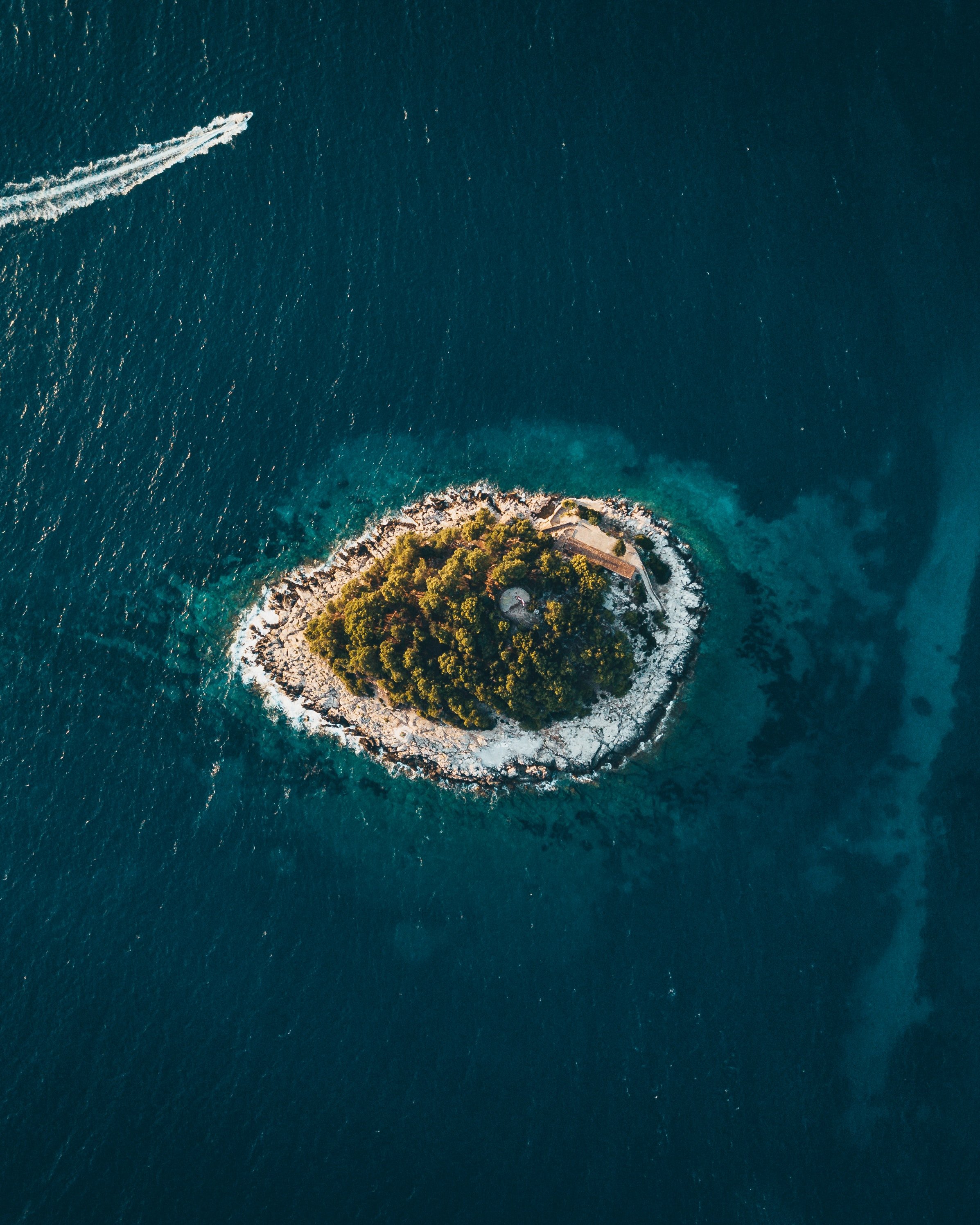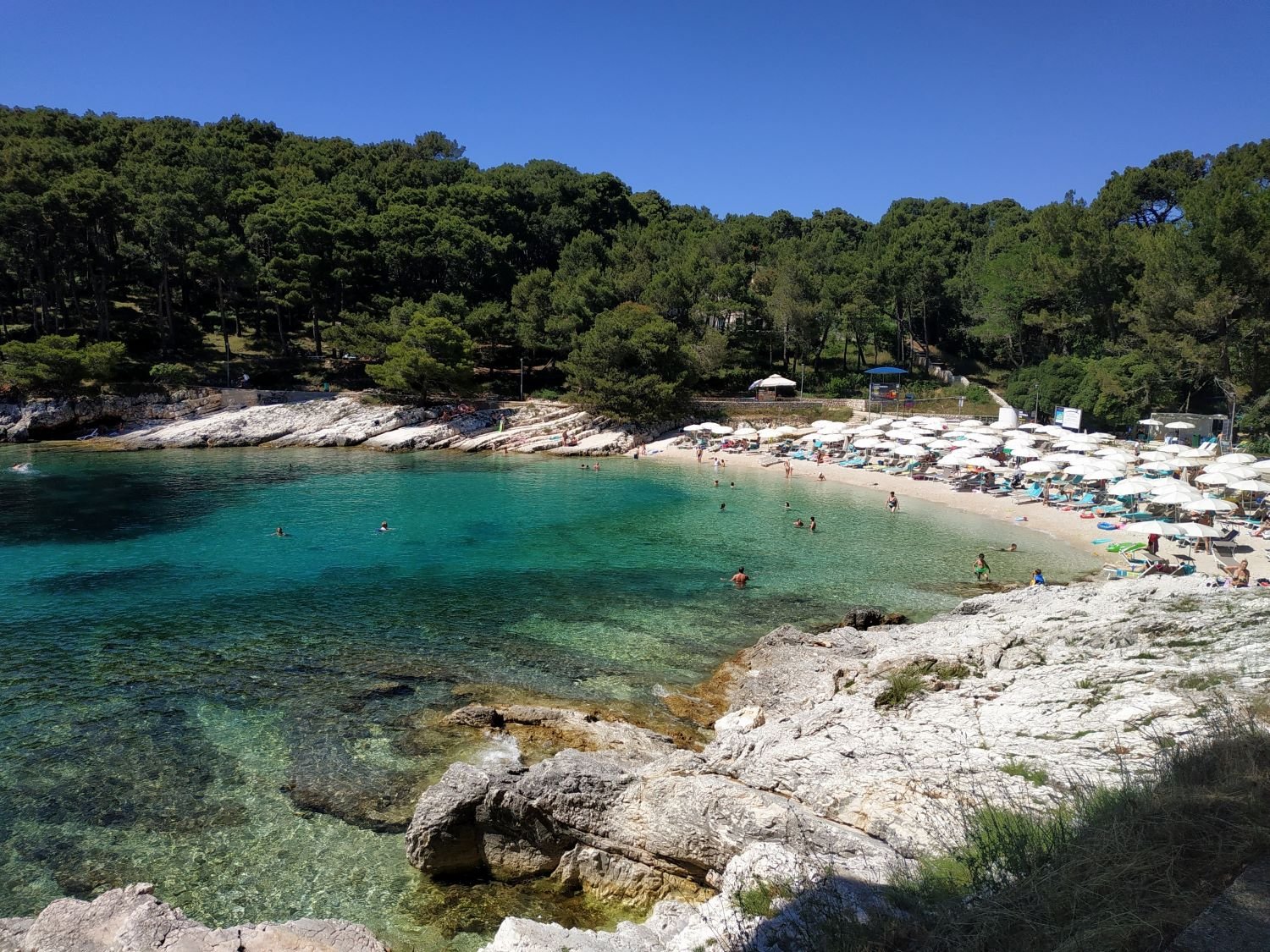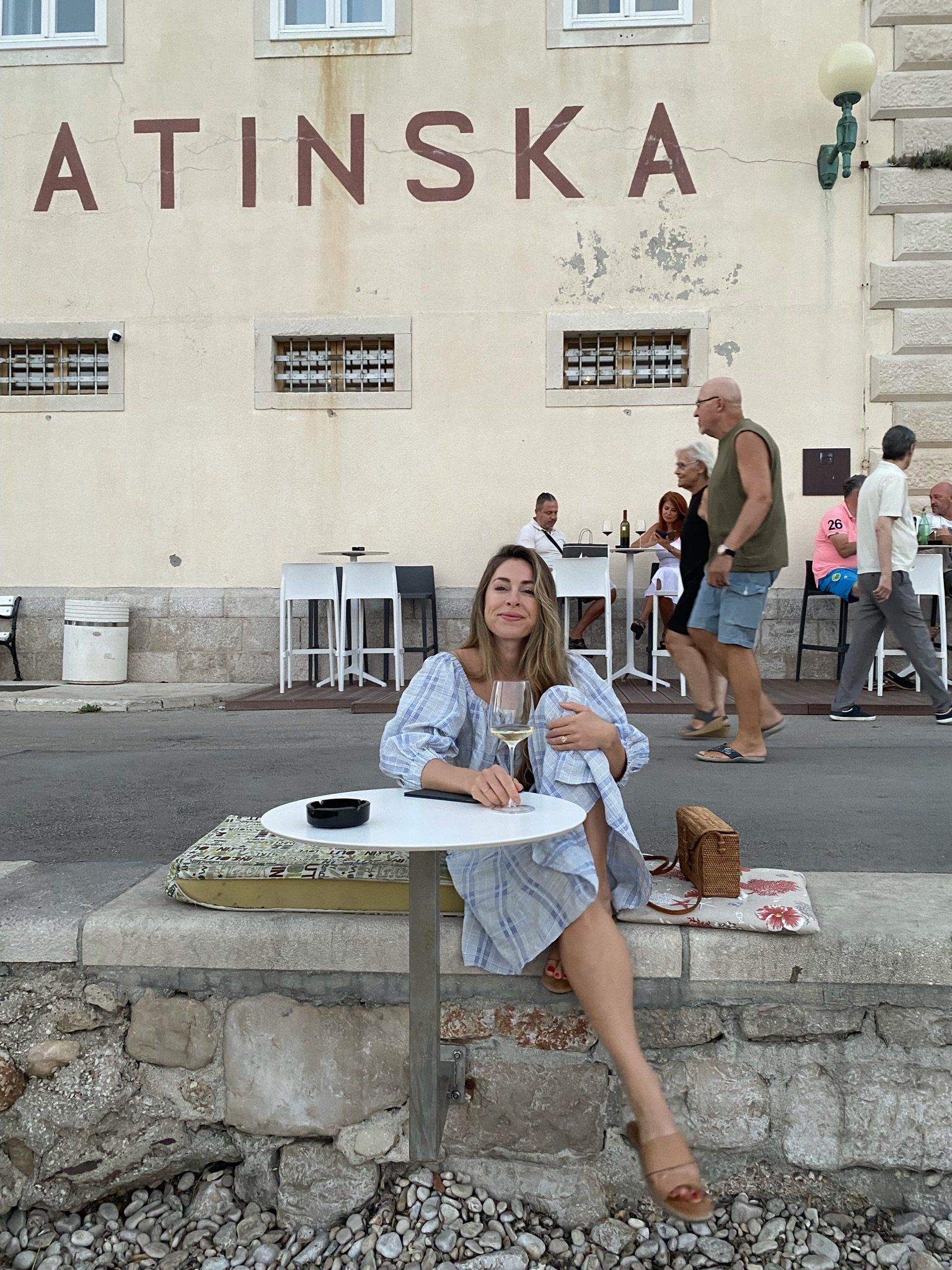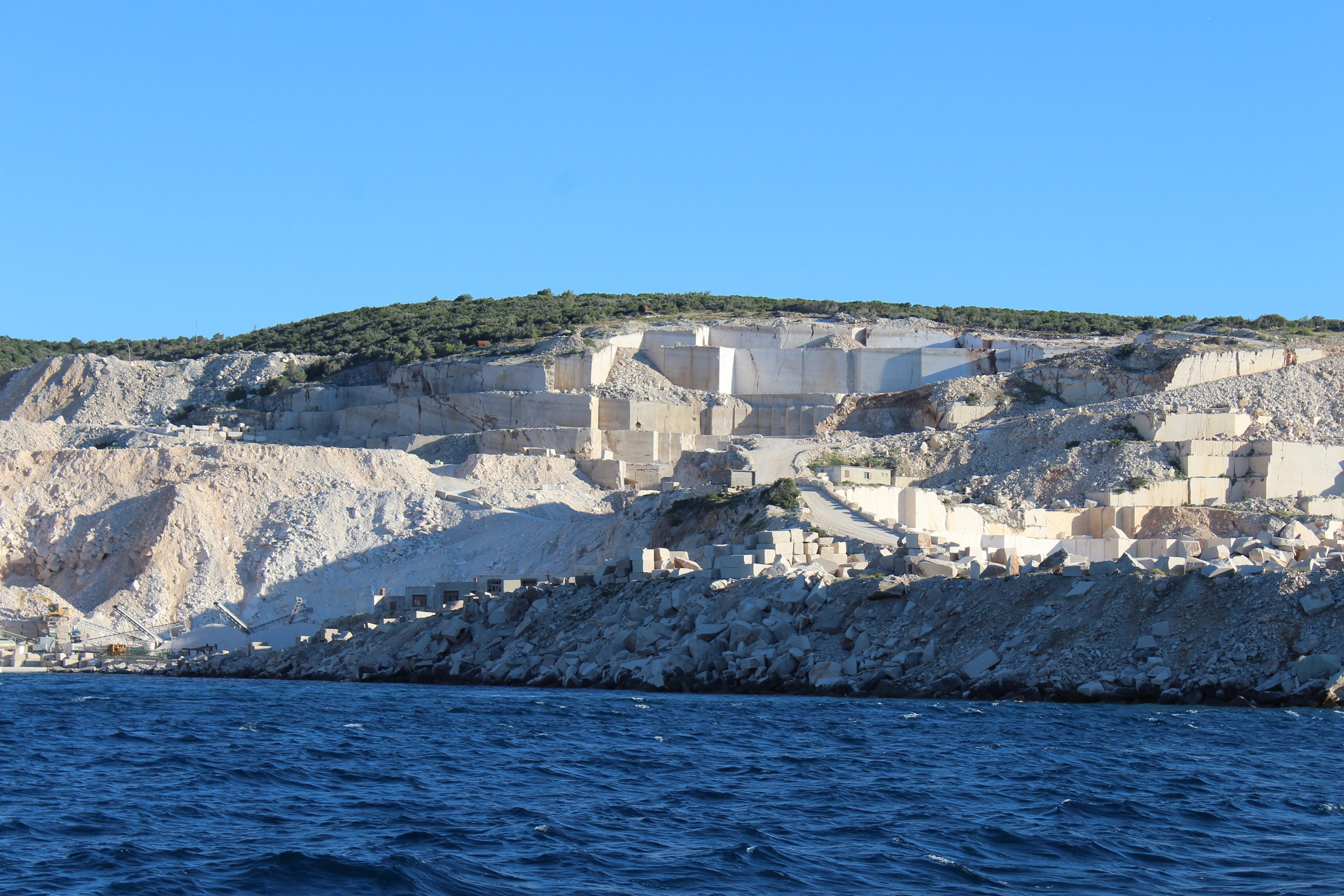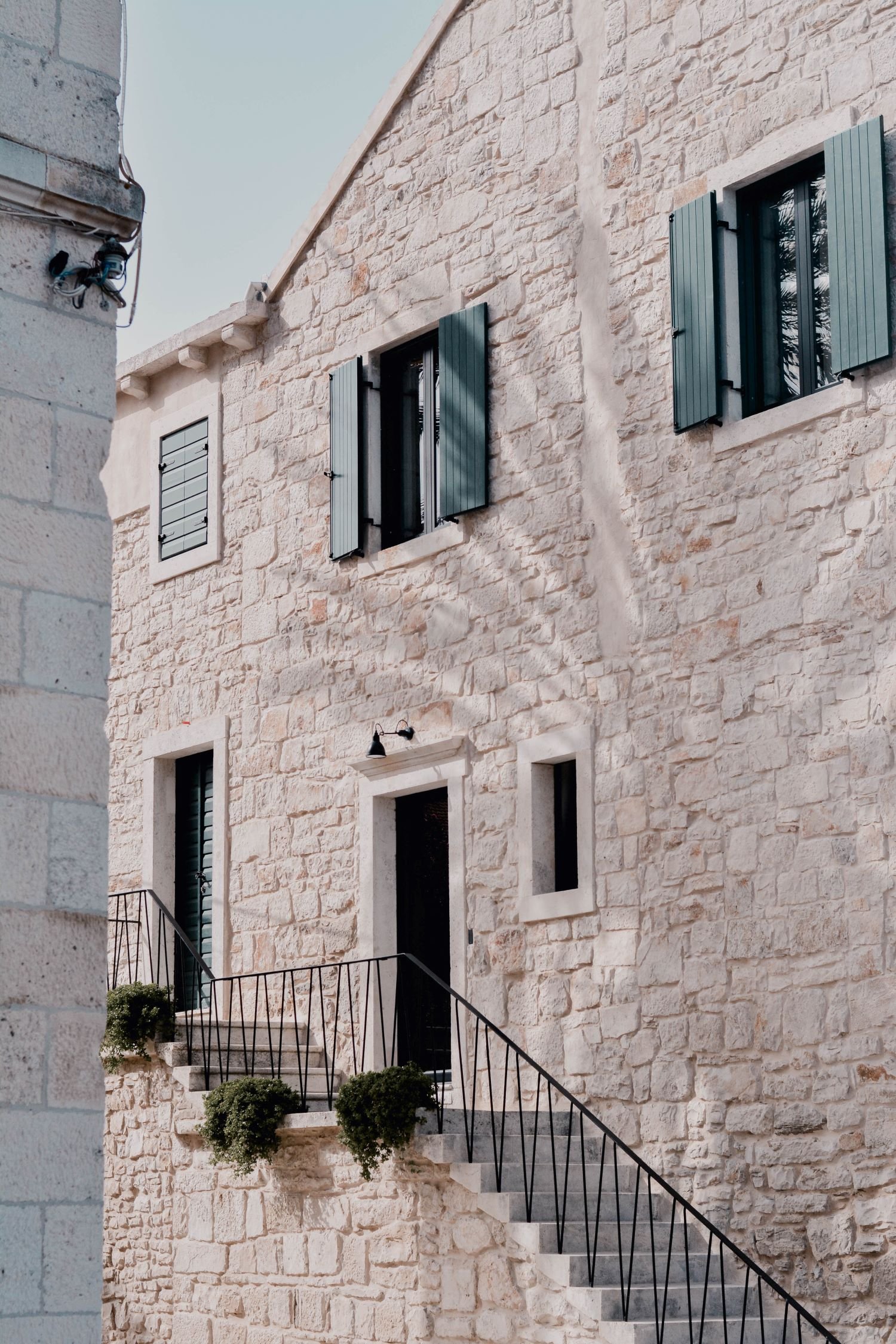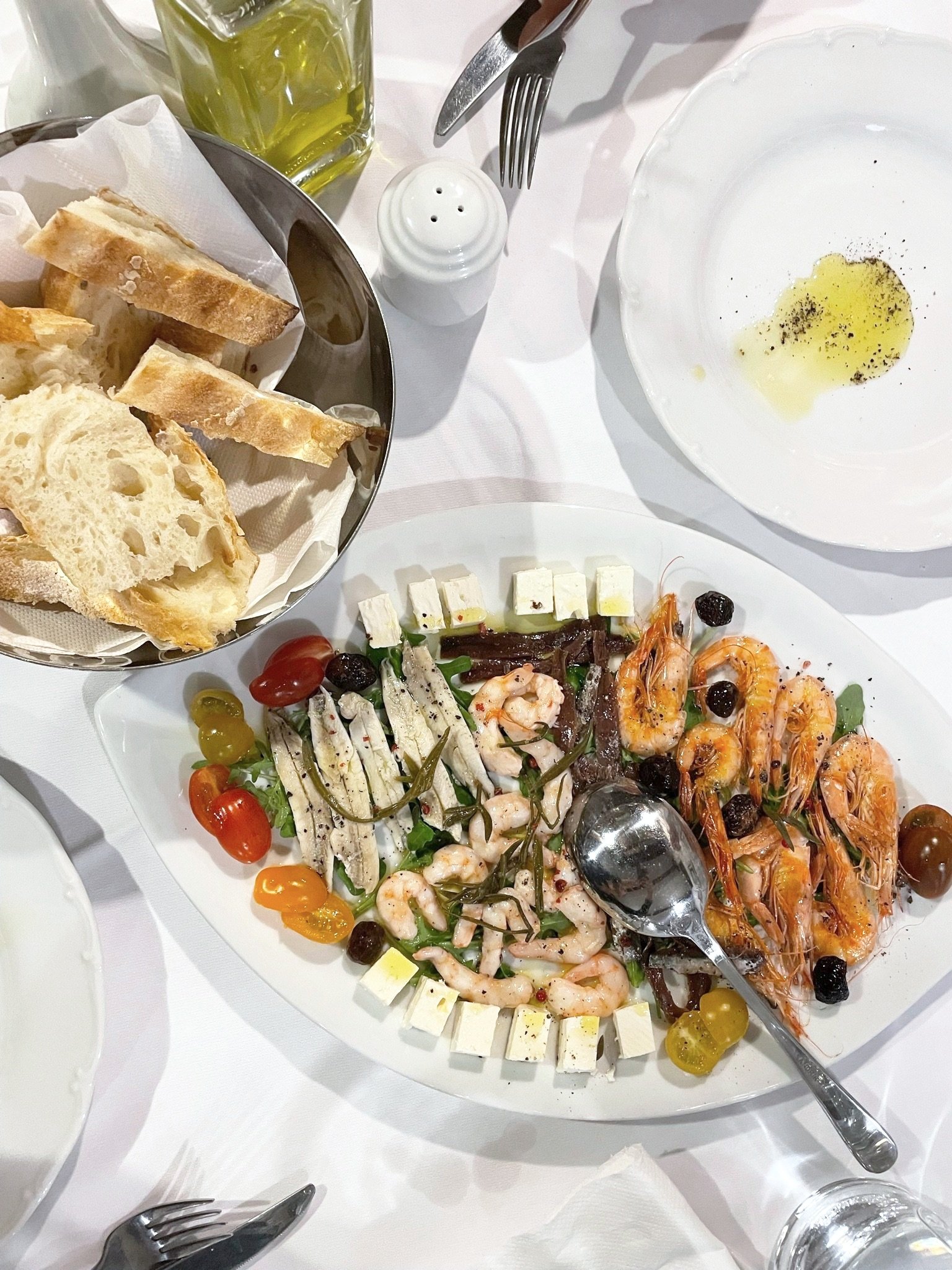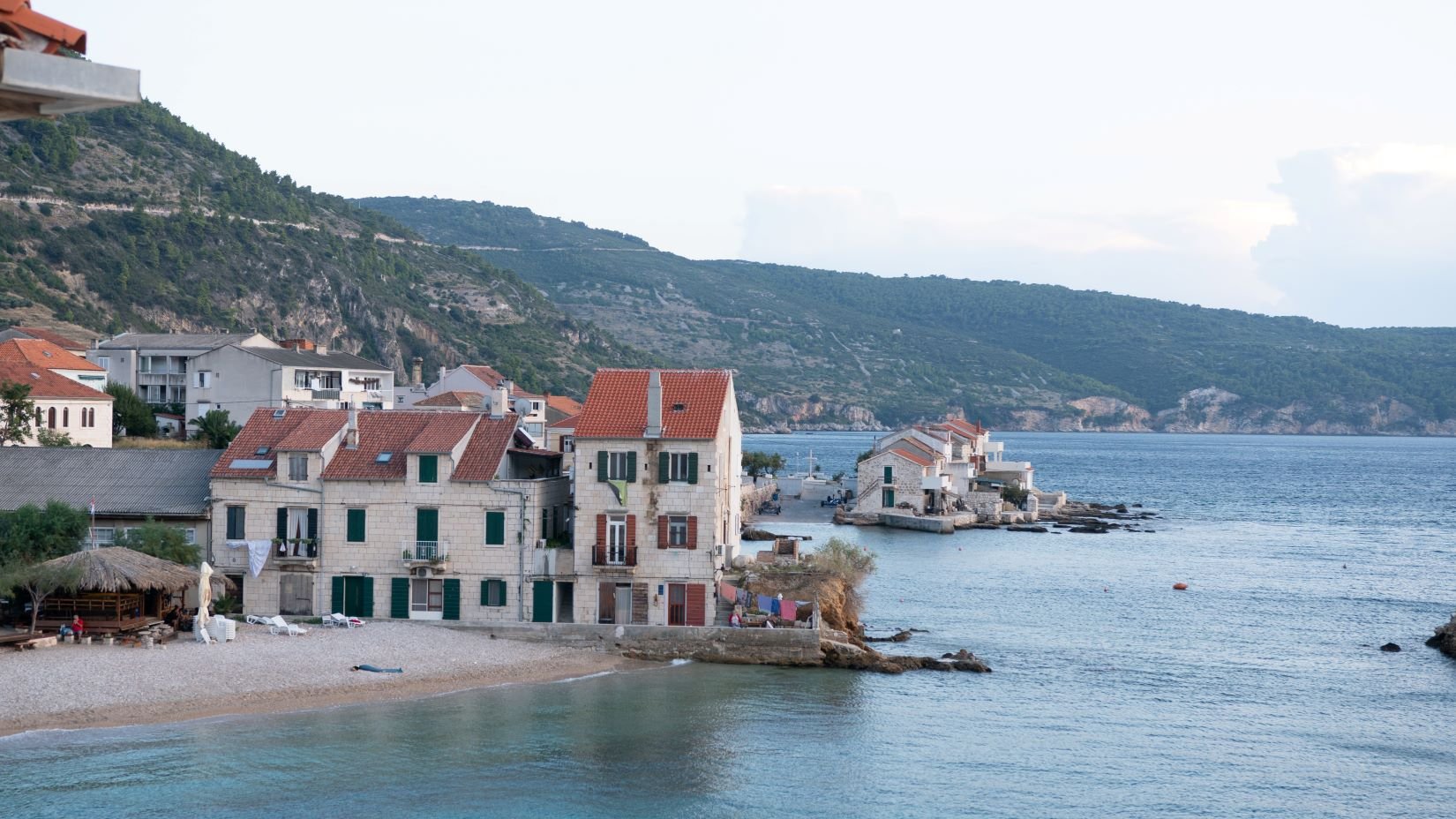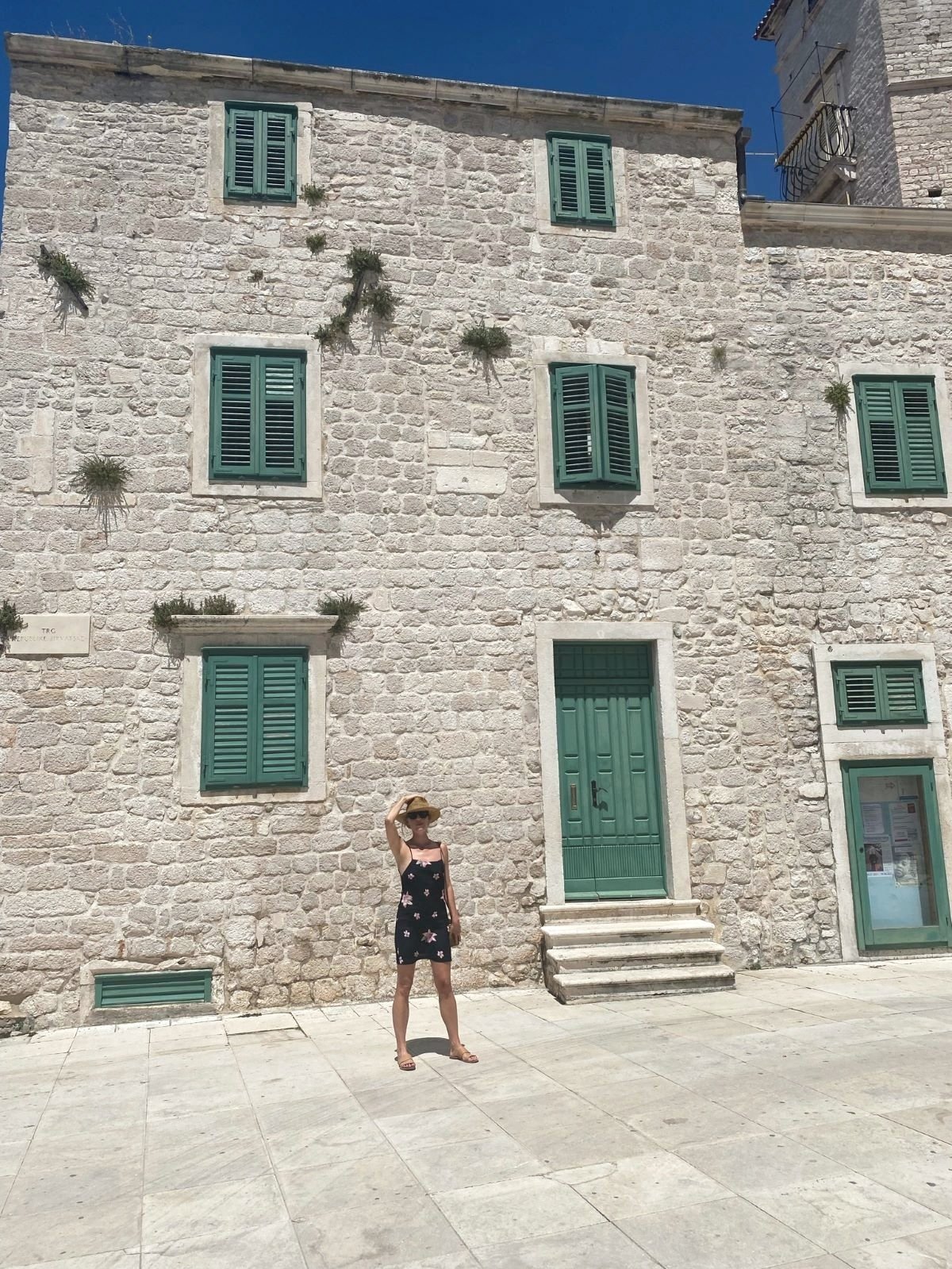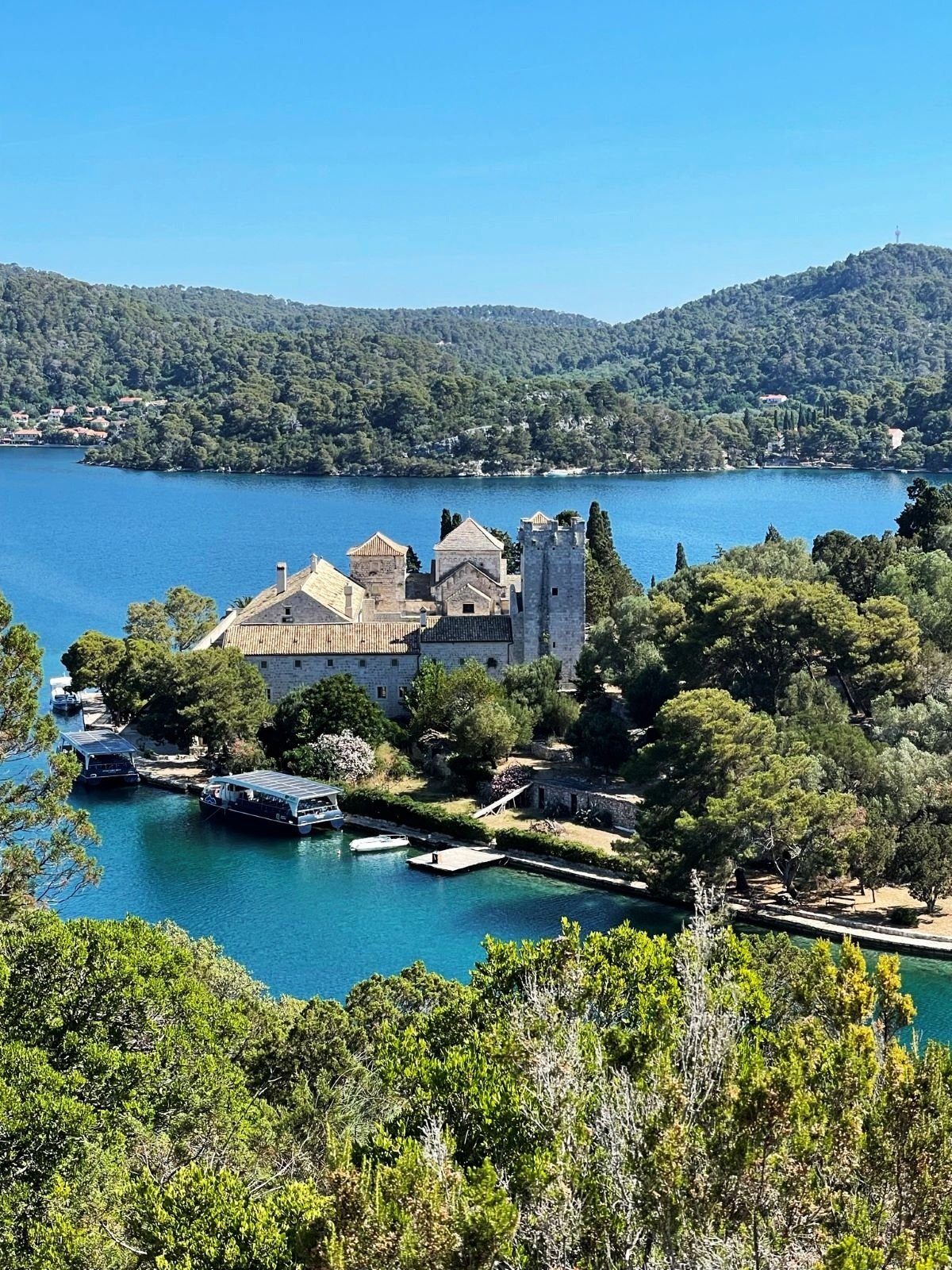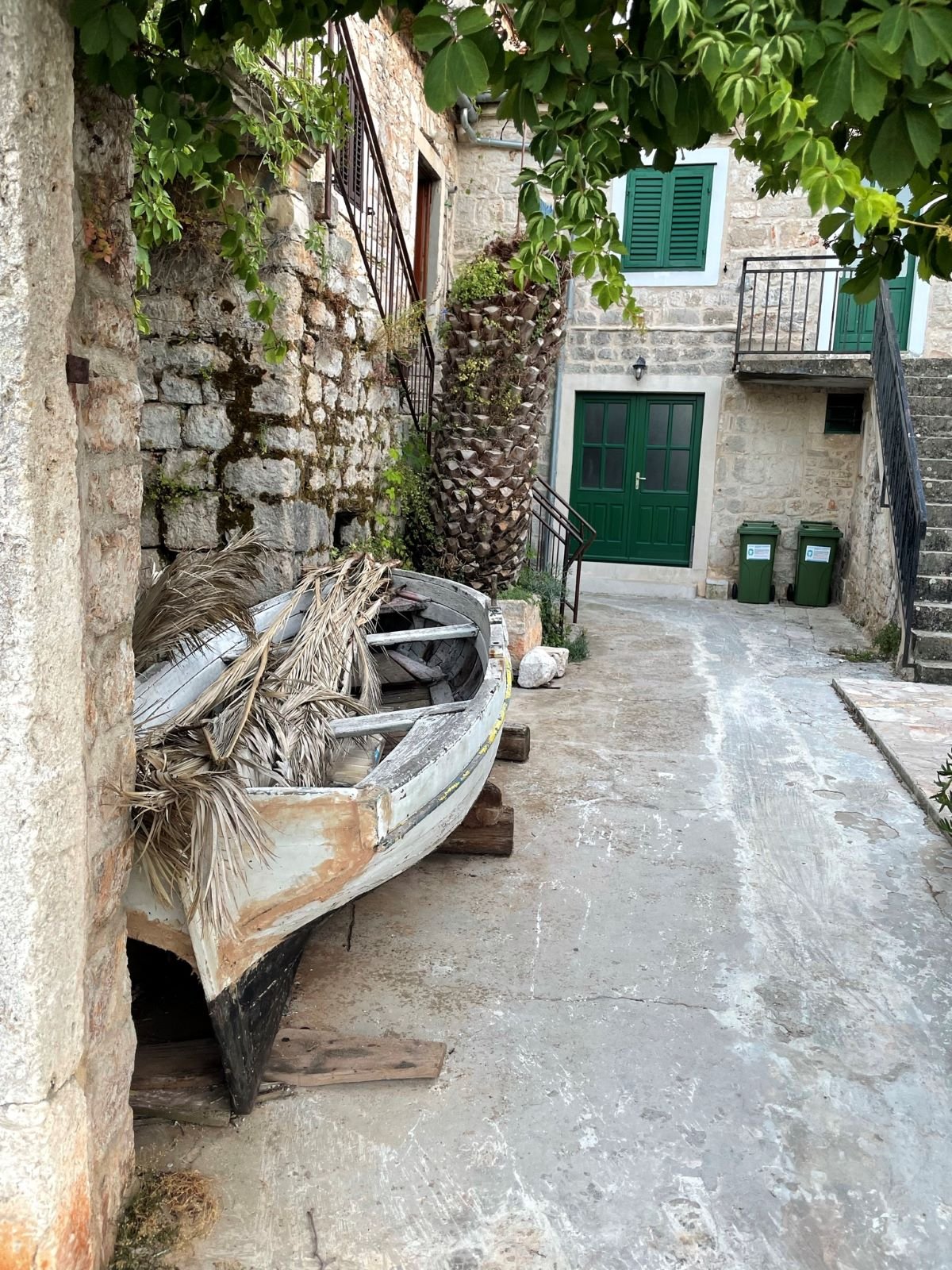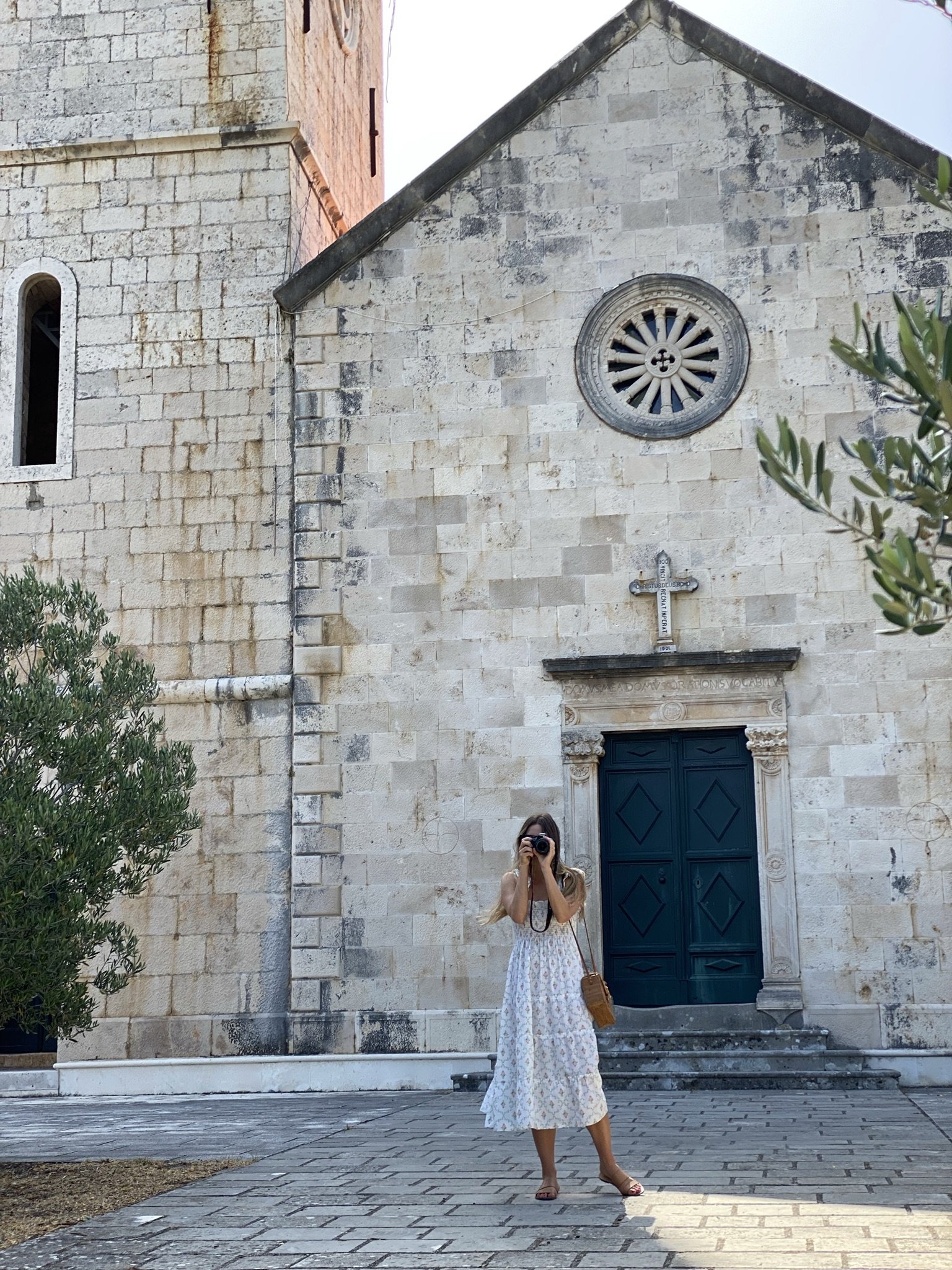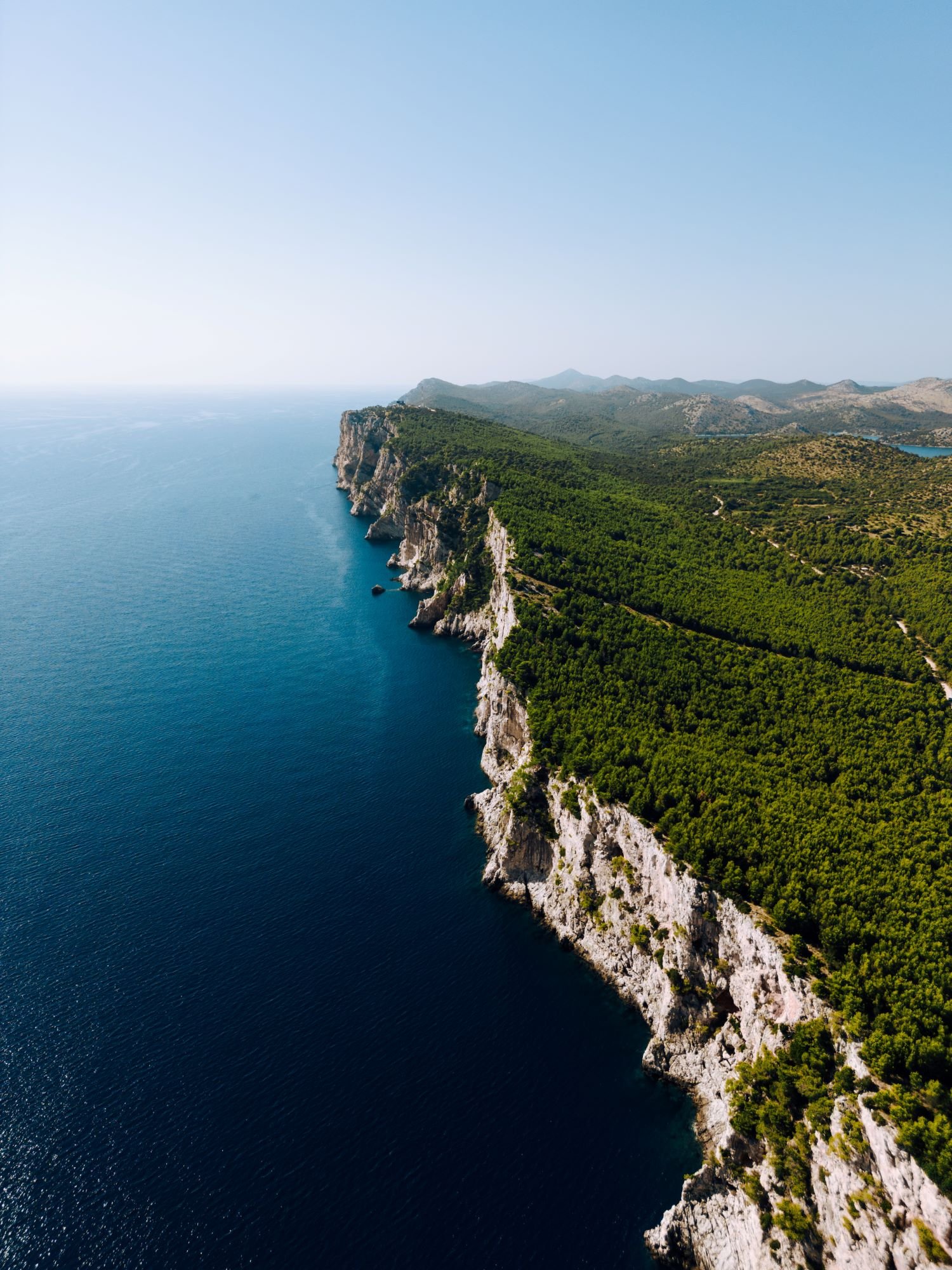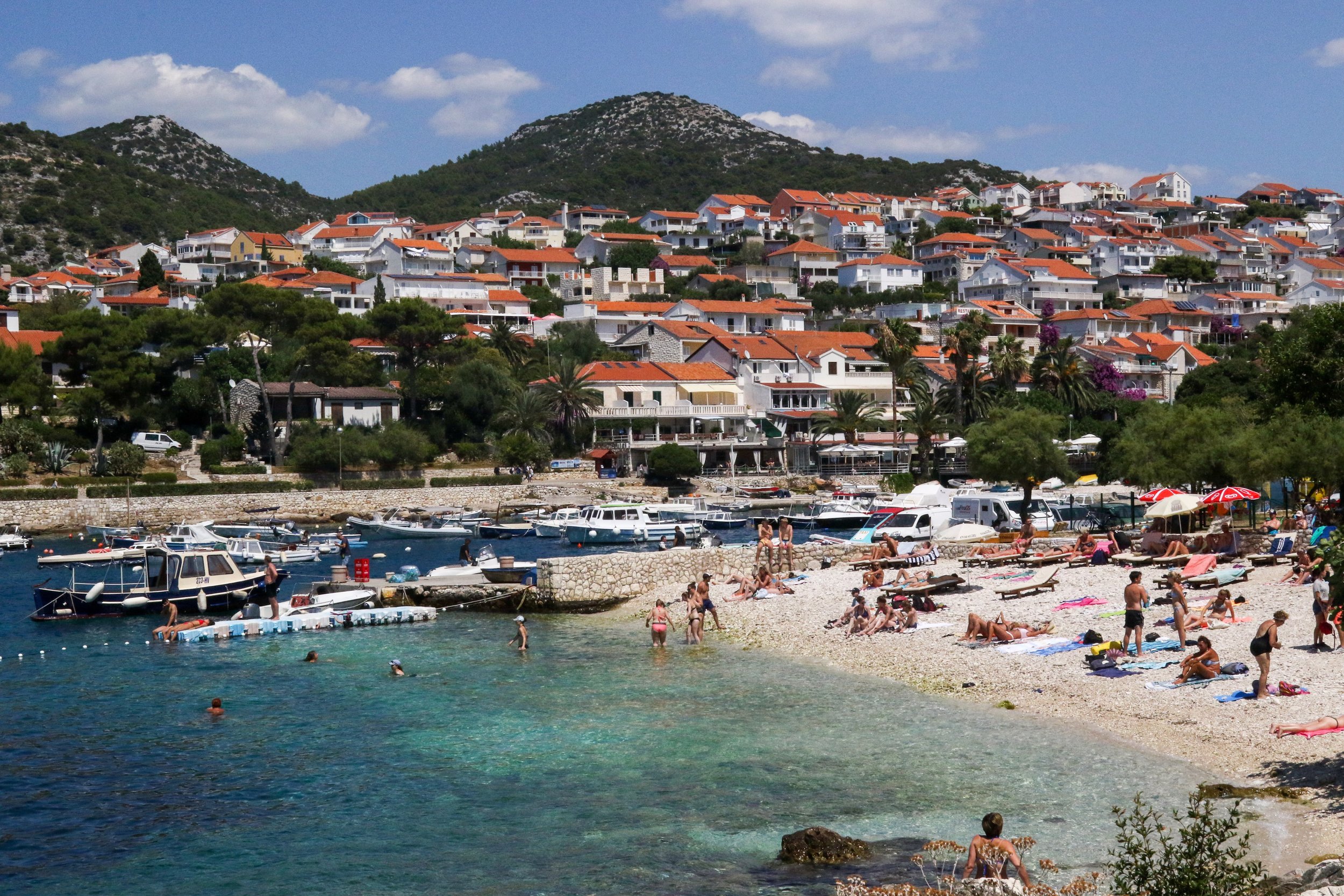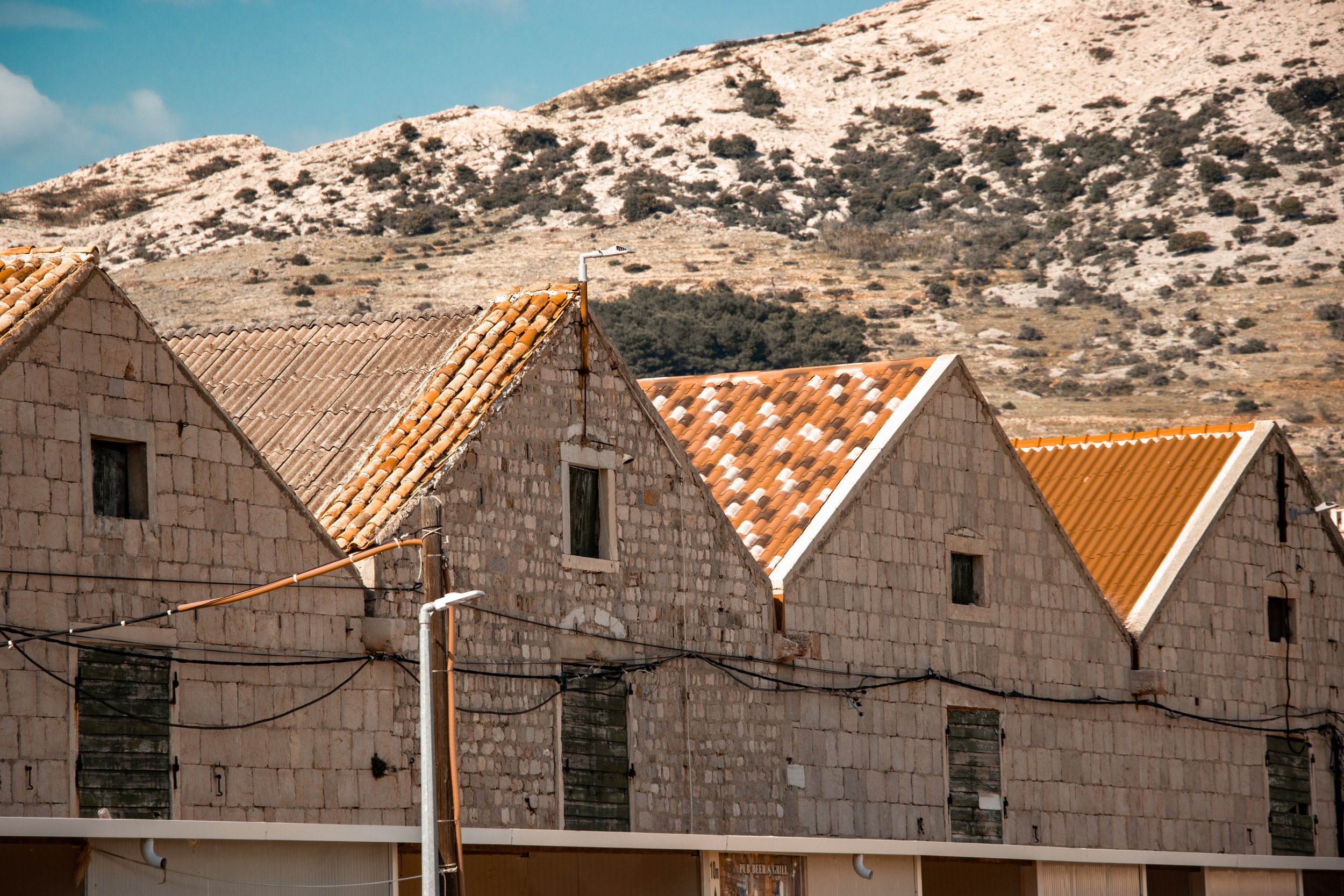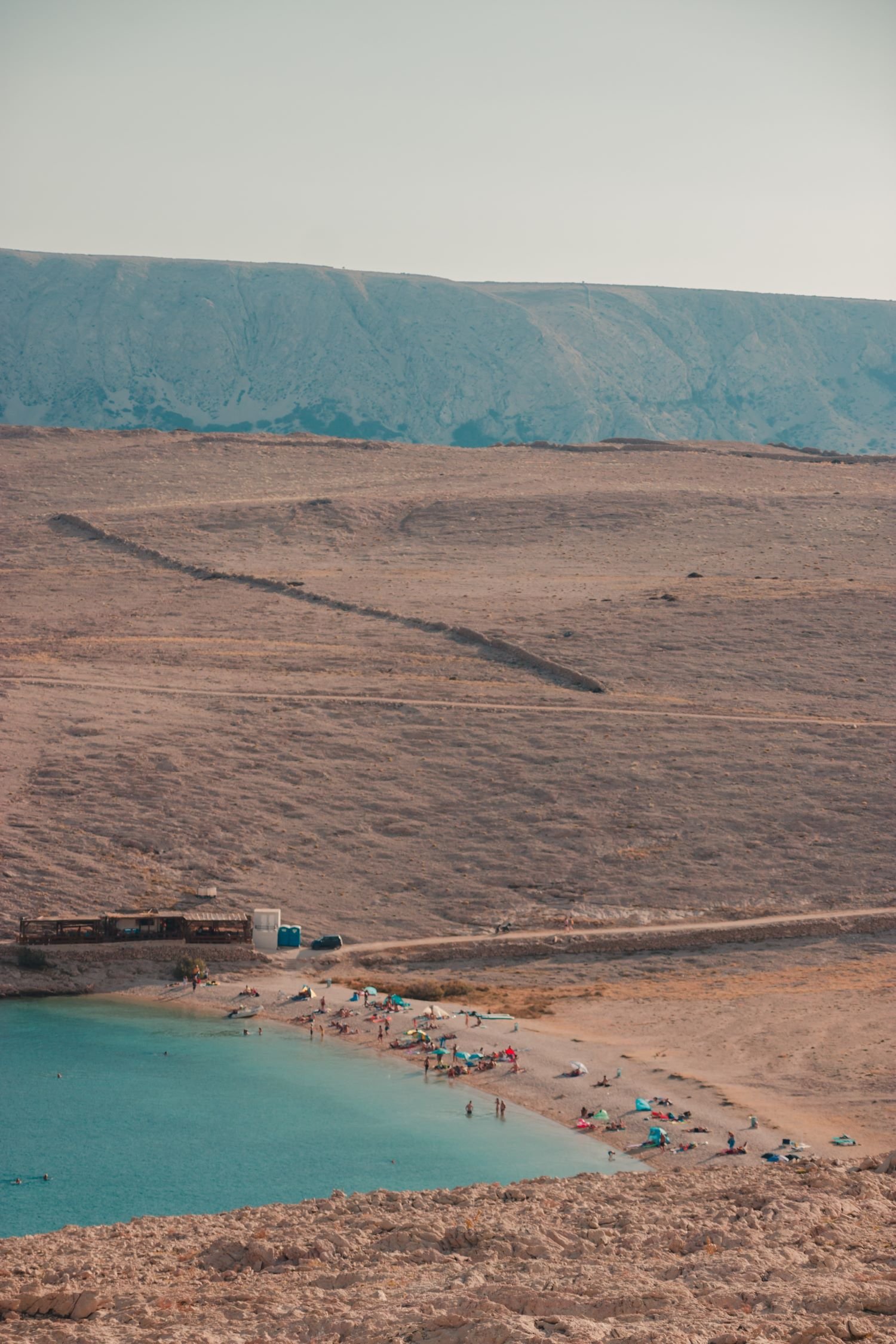The Best Islands Near Split: A Complete Guide
The Adriatic is one of those seas that you dream about; so calm and clear you can see twenty feet below in certain coves, salty enough to float buoyant with ease and average summer temperatures from 72 to 86 degrees. Spending time at sea, both on and near Croatia’s islands, is a quintessential part of the Croatian experience.
Croatia boasts over 1000 islands and is arguably one of the most stunning coastlines in the world. You absolutely must island hop while there, even if you only visit a few islands. Our article 14 Days in Croatia: The Complete Itinerary includes Hvar, Brac and Korcula but read on for a comprehensive list of islands to visit by boat or ferry during your Croatian vacation.
PLANNING A TRIP TO CROATIA?
Our team of experts offer concierge-style travel planning services, custom itineraries and curated guides for busy, sophisticated travelers.
Check out our Services to learn how we can help you plan your perfect trip to Greece!
The Best Islands Near Split
HVAR
Hvar is a must visit while you’re in Croatia, mainly because it’s an easy ferry ride from Split to Hvar, it’s an easy island to navigate and you can experience a ton while you’re on the island.
Hvar Town, the largest town on the island and a UNESCO World Heritage Site, is what you’ve probably seen pictures of when researching Hvar. It’s a high end port city nestled around a picturesque bay filled with jewel-toned yachts and catamarans in the harbor. It’s known for a she-she crowd and beach clubs where young and old can party until dawn.
Hvar has some fabulous beaches and sandy coves but you don’t need to be on a beach to take a dip in the sea. Along the main promenade that hugs the coast of Hvar Town, you’ll see designated swimming areas complete with sunning chairs on the rocky coastline, stairs to enter the Adriatic and buoyed off swimming holes to keep boats at a safe distance. Sea urchins are everywhere so be sure to bring water shoes.
On the back side of Hvar are the quieter towns of Vrboksa, Jelsa and the historic Stari Grad, where you’ll find many Croatians summering and more of a nostalgic vibe.
You can either take your car on the ferry and drive around the island or rent scooters once on the island (which we think is more fun anyway).
PAKLENI ISLANDS
The Pakleni Islands (also called the Paklinski Islands) are an archipelago of 16 islands off the coast of Hvar. Best accessed by renting a boat and captain for a day trip from Hvar, this is an awesome way to feel like you’re island hopping if you’re on a tight timeline. Your captain can take you to remote coves and bays for leisurely swims in the Adriatic Sea or to pebble beaches where you can swim to shore to sunbathe.
The Blue Cave is a popular attraction but if you’re traveling The CC way, you’ll swap the tourist traps for a more authentic experience. Your captain will know where to take you, all you have to do is ask for an experience away from the masses.
BRAČ
Brac is another large Dalmatian island that is easily accessible from Split and just a quick boat ride across the channel from Hvar. While Croatia boasts more rocky shorelines than it does beaches, Brac is known for Zlatni Rat, a beach peninsula that juts out into the sea and changes shape depending on the currents and seasons. Zlatni Rat is a 25-minute walk from Bol, an absolutely adorable resort town with seaside cafes and Stina Winery, where you can grab a table and a cushion on the sea wall to enjoy a glass of Pošip or Vugava white wine. Most of Stina’s grapes are grown right on the island on steep, rocky vineyards by the sea that date back to the 15th century.
About 30 minutes by car on the other side of the island is the medieval-looking town of Pučišća, where the architecture and stonework are best admired by boat. Brac is also known for its delectable lamb dishes and it’s bright white stone quarries, which are rumored to have supplied the stone used for the White House.
KORČULA
Korcula has a delightful old town that was ruled by the Venetians from the 10th to the 14th centuries and has spectacular medieval architecture to show for it.
Korcula’s old town is very manageable as a day trip from Hvar or Split but some use it as a home base to visit other islands. The more bold adventurers can wind surf in the channels near Korcula although I was content drinking copious amounts of wine and watching the peril from dry land.
Korcula is known for Pošip, a fruity and refreshing white wine whose grapes are grown almost exclusively on the Dalmatian coast, so wine tasting would be a fun option. About ten minutes outside of the old town is the village of Lumbarda, known for Grk, a dry white wine that was put on my radar by a sommelier in Dubrovnik and that I absolutely adored. The town of Vela Luka is also charming and worthy of an afternoon if you are exploring Korcula.
VIS
You may not be familiar with Vis, simply because it is the furthest island from the mainland and thus the most difficult to get to. Vis also flies under the radar because it was a Yugoslav army base which was closed to the public and not open for tourism until the 1990s.
Due to its lack of tourism, Vis has an unspoiled and wild beauty found in its secluded beaches and green, hilly terrain. It’s a great island to visit if you want to get a glimpse of typical Croatian island life without the tourism, glitz and glam, or cost of some of the other islands.
MLJET + MLJET NATIONAL PARK
Mljet is best known for it’s national park, where two saltwater lakes have formed in the middle of the island. Mljet is covered in lush pine forests and has a distinctly different terrain than most other islands you will visit. The lakes have warm crystalline water that visitors can swim in and a foot path surrounding the lakes that you can walk or bike (bikes are available to rent at the island’s port). There are also a variety of hiking paths and trails where you can end up with some amazing views of the island.
The highlight is a 12th century Benedictine monastery that sits upon its own small island on the lake that you can access by boat or dingy. Mljet is a perfect day trip for those that like to be active and experience quietude in nature.
ŠIPAN
Part of the Elaphiti Archipelago just off the coast of Dubrovnik, Sipan is a small, rustic island that has major coastal charm. Sipanska Luka is one of the main villages but feels incredibly intimate; you can stroll the promenade around the small bay to see the fisherman at work, visit the stone church and grab an espresso in one of the small, family-run cafes.
Sudurad is the second largest village and here you can visit the 15th century Pakljena Benedictine Monastery in the hills above town.
Kolocep and Lopud are the two other inhabited islands in the Elaphiti Archipelago but Sipan definitely has the most to offer.
DUGI OTOK
Dugi Otok is part of the Zadar Archipelago and is a great option if you want to head north from Split and have a bit more time to explore. It’s not the closest island to Split but it is one of the most beautiful!
Dugi Otok is a long and narrow isle that is in the midst of several national parks, including Telašćica National Park and Kornati National Park and is home to several fantastic sights including Jezero Mir (Salt Lake), a donkey sanctuary and Sakarun Beach, a sandy inlet in a quiet bay that is so shallow that its maximum depth is 10 feet for miles.
PAG
Pag, the fifth largest island in Croatia, is also north of Split and is worth a visit for it’s incredibly unique terrain and ancient salt pans. Pag’s salt is made from the water in the salty Adriatic sea and is dried by ancient methods that have been used in Croatia for thousands of years. Pag is also known for its hard sheep’s milk cheese so you can treat yourself to all types of delicacies on your visit.
The terrain is the other notable difference on the island of Pag; harsh winds and exposure to the elements have caused it to be completely barren of trees or vegetation, creating a seemingly lunar landscape. The Velebit mountain range can be seen as the backdrop of the island which adds to the dramatic views. Pag’s terrain is sprinkled with various archaeological sites, including the remains of a Roman villa and the medieval Fortress Fortica, which protected the trade route in medieval times.


